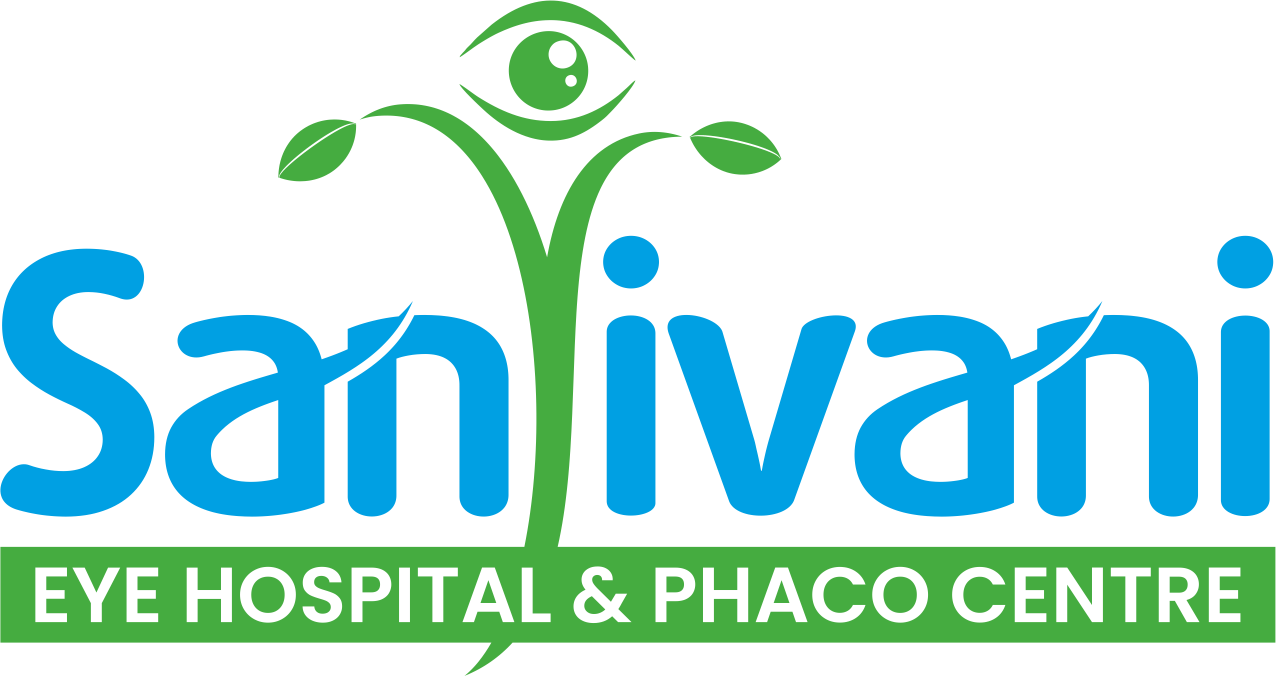Introduction to Modern Phacoemulsification
Cataracts are a common cause of vision loss, especially as people age. Modern phacoemulsification is now the most popular method for advanced cataract surgery. This latest cataract removal technique uses ultrasound waves to break up the cloudy lens. As a result, it offers safe eye surgery options and faster recovery. According to the World Health Organization (WHO), cataract surgery is one of the most effective treatments for restoring vision.
Symptoms and Diagnosis of Cataracts
Cataracts develop slowly. However, they can affect your daily life. Common symptoms include:
If you notice these signs, you should see an eye doctor. The doctor will check your eyes using simple tests. These tests help confirm if you have cataracts and how severe they are.
How Modern Phacoemulsification Works
Modern phacoemulsification is a step-by-step process. Here is how the advanced cataract surgery usually goes:
This latest cataract removal technique usually takes less than 30 minutes. Most people feel little to no pain during the procedure.
Benefits and Advancements Over Traditional Methods
Modern phacoemulsification offers many benefits compared to older cataract surgery methods. For example, the cut in the eye is much smaller. Because of this, healing is faster and there is less risk of infection. Other advantages include:
Moreover, new technology allows for more precise surgery. This means safer eye surgery options for everyone.
Risks and Potential Complications
Although modern phacoemulsification is very safe, every surgery has some risks. Possible complications include:
However, most people do not have serious problems. If you notice pain, redness, or sudden vision loss after surgery, contact your doctor right away.
Recovery and Aftercare Tips
After advanced cataract surgery, recovery is usually quick. Still, you should follow your doctor’s advice for the best results. Here are some helpful tips:
Most people can return to normal activities within a few days. However, always ask your doctor before resuming exercise or driving.
Prevention and Lifestyle Guidance for Eye Health
While cataracts are often part of aging, you can take steps to protect your eyes. For instance, you can:
By making these healthy choices, you can help keep your eyes clear and strong for years to come.
Conclusion
Modern phacoemulsification has changed cataract surgery for the better. Because of its safety and quick recovery, it is now the top choice for advanced cataract surgery. If you have vision changes or think you may need cataract removal, consult an eye specialist to learn if modern phacoemulsification is right for you.

